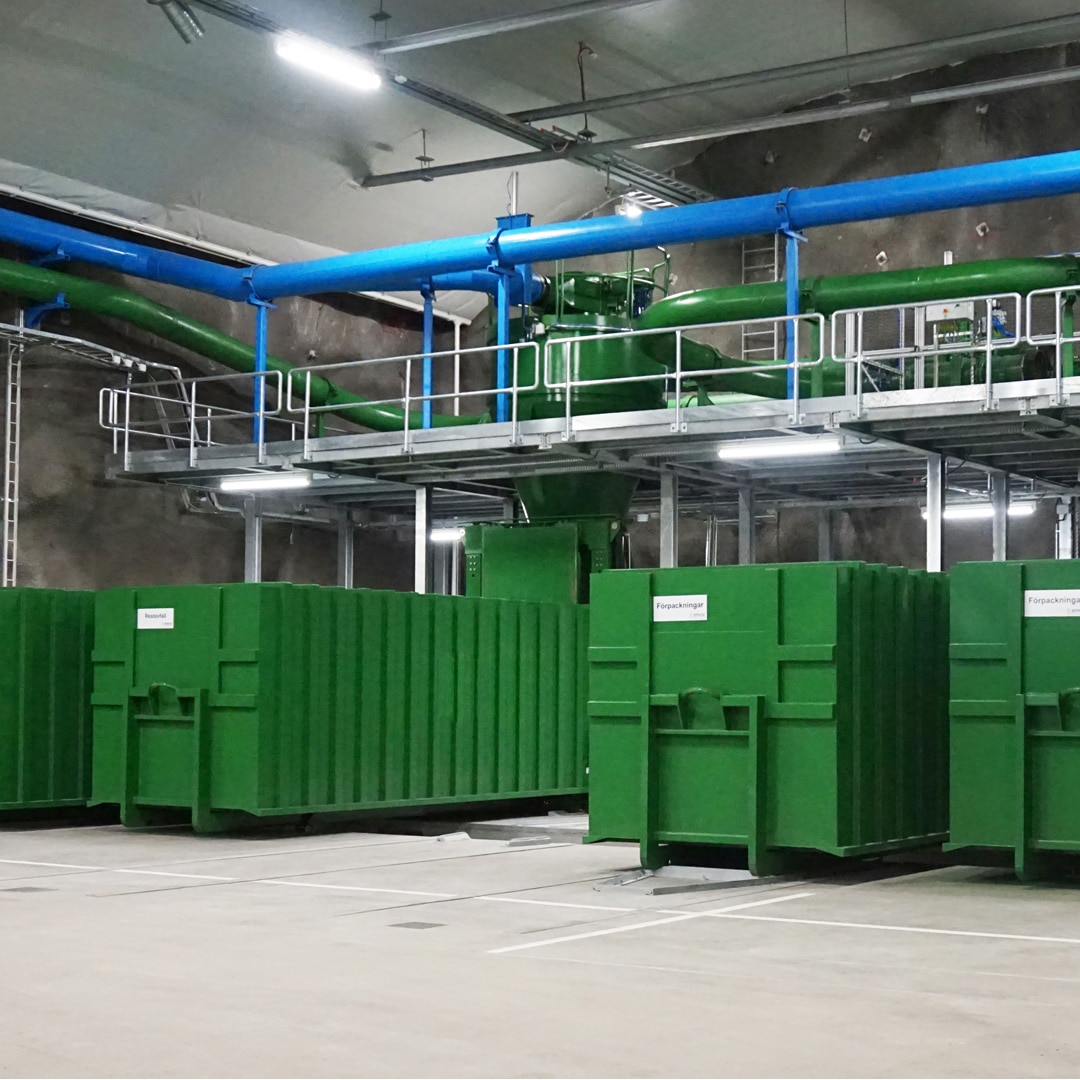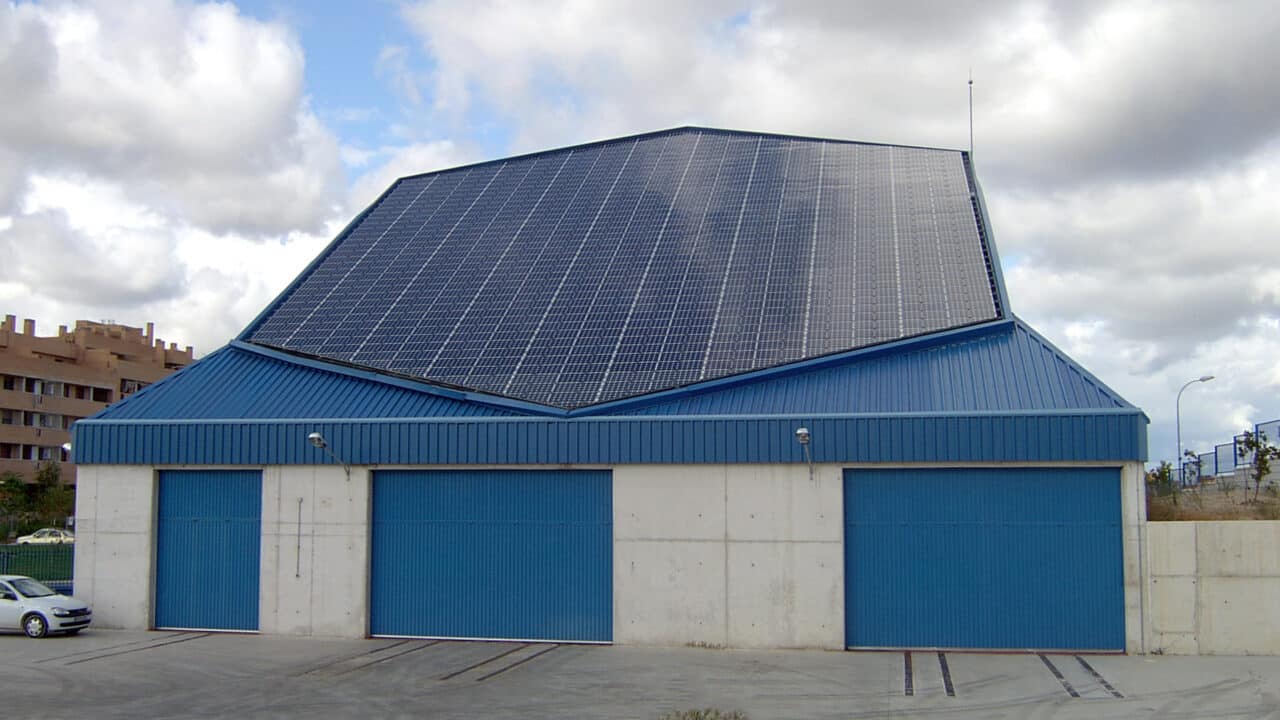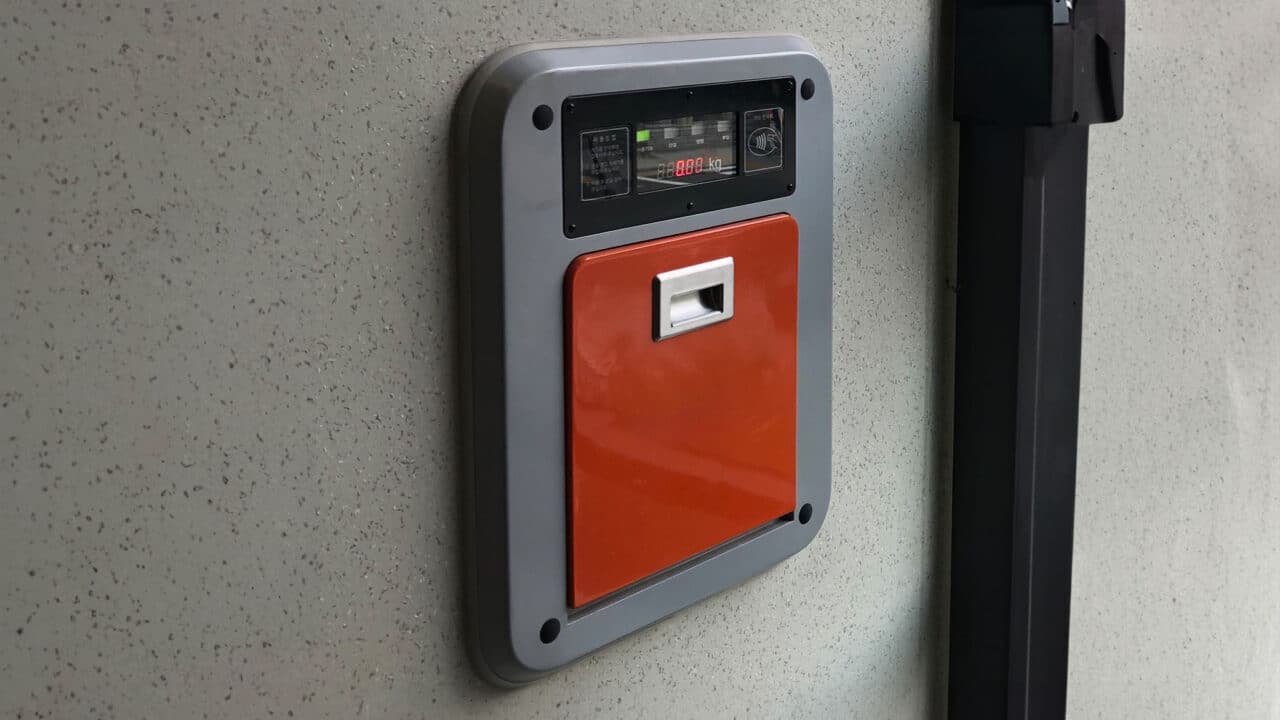
Waste disposals point
The indoor waste disposals points can be placed on each floor or in the entrance hall.
Our innovative automated waste collection system makes the urban environment cleaner, healthier and more sustainable. The smart system reduces air pollution and carbon emissions caused by waste collection traffic, eliminates smell and mess associated with traditional waste collection and makes unsafe and unsanitary waste collection a thing of the past.
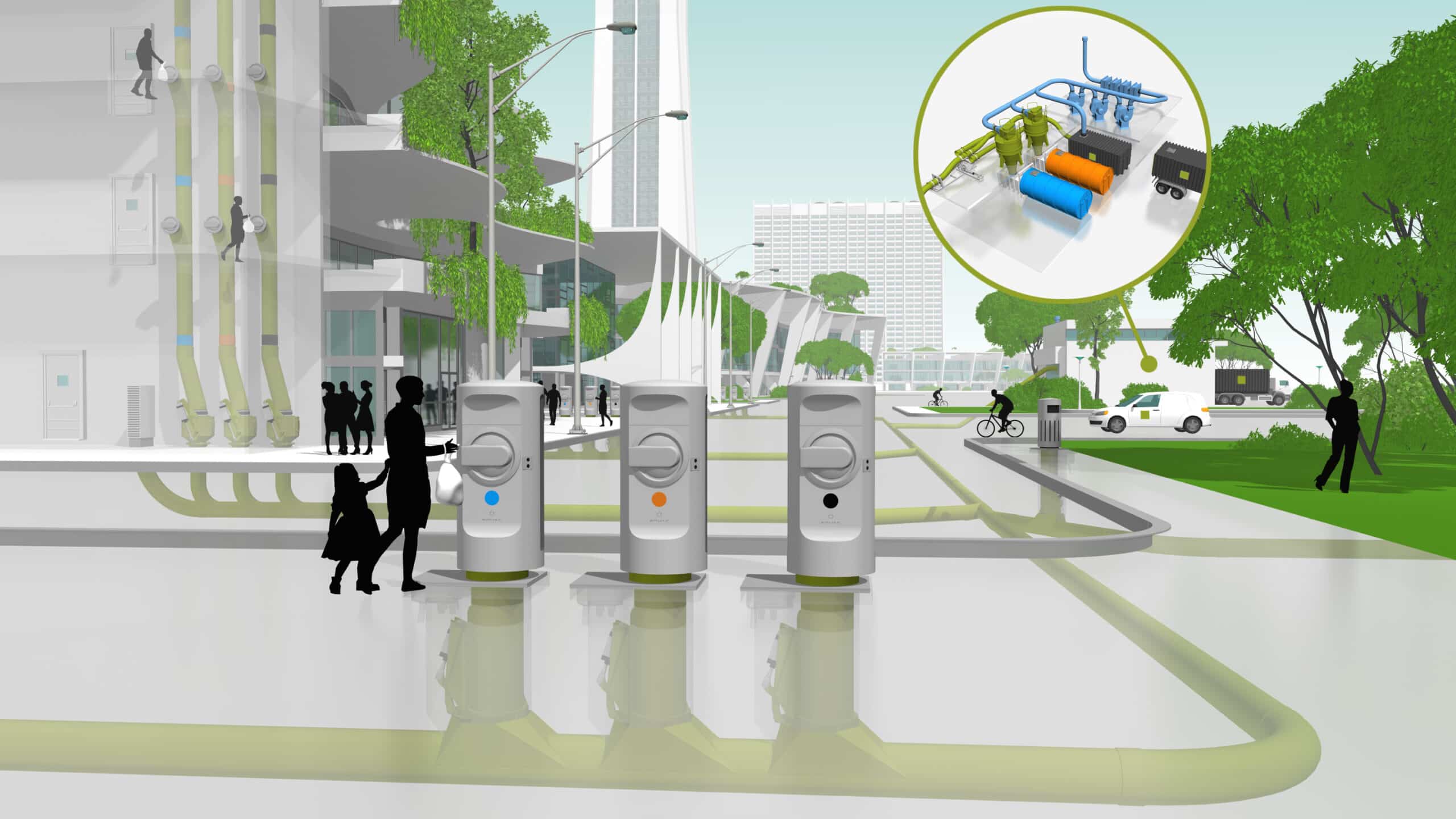

The indoor waste disposals points can be placed on each floor or in the entrance hall.
The Air inlet valve let transport air into the system at signal from the control system.
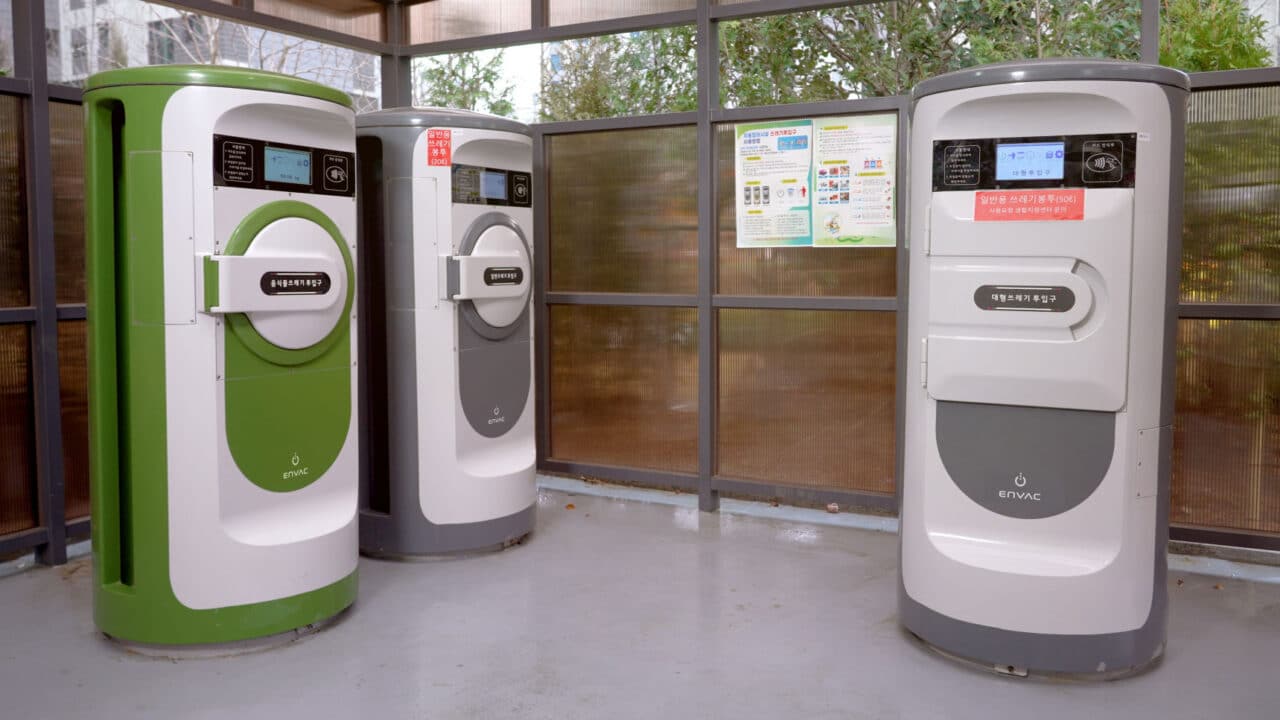
The waste inlets are connected to an underground pipe network that transports the bags from the inlets to the waste collection station.
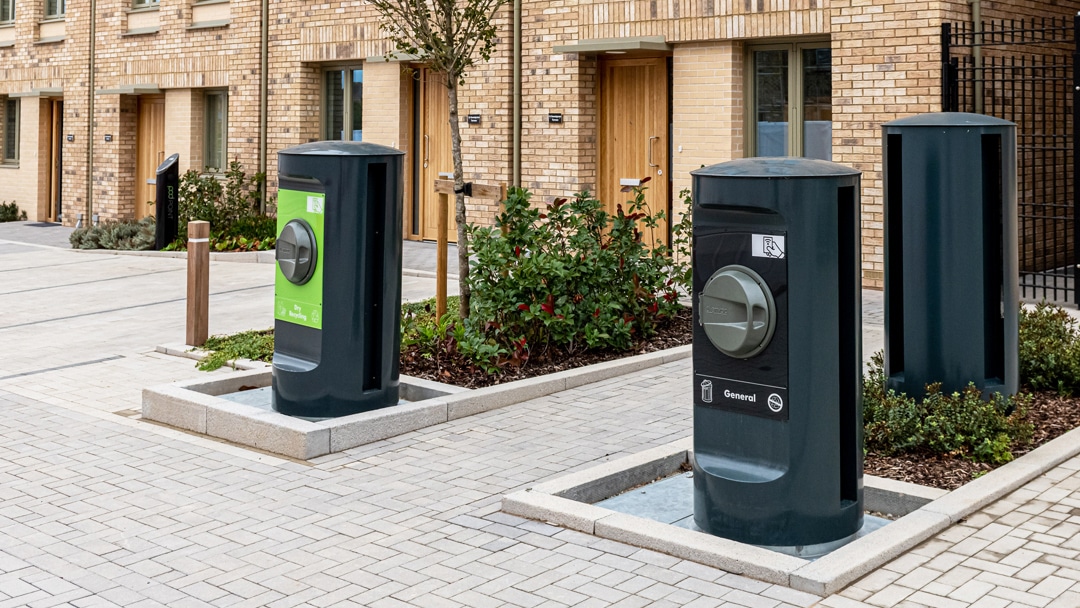
The inlets, one for each type of waste/reclables, are placed close to the building for comfort. The easier it is to dispose of sorted waste, the more will be sorted.
The sealed system removes foul smell and can be placed close to residential buildings, making littering a thing of the past. Our system reduces waste collection traffic and the noise, emissions and pollution associated with it by up to 90%, making city life greener, cleaner and more sustainable.
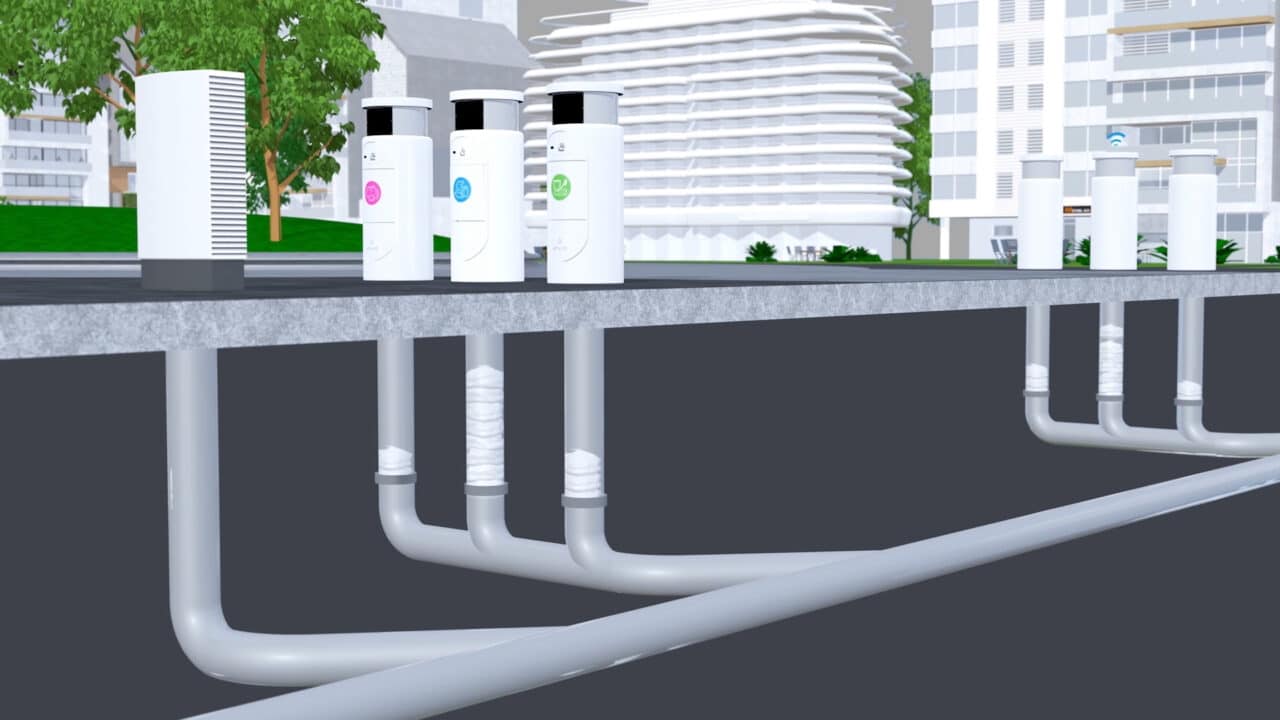
This is where the bags are stored until the chute is reaching full level. Sensors in the chute send a signal to the waste collection station and an emptying circle is started.
Powerful fans, in the station, create an airflow in the pipes. Transport air is let into the system.
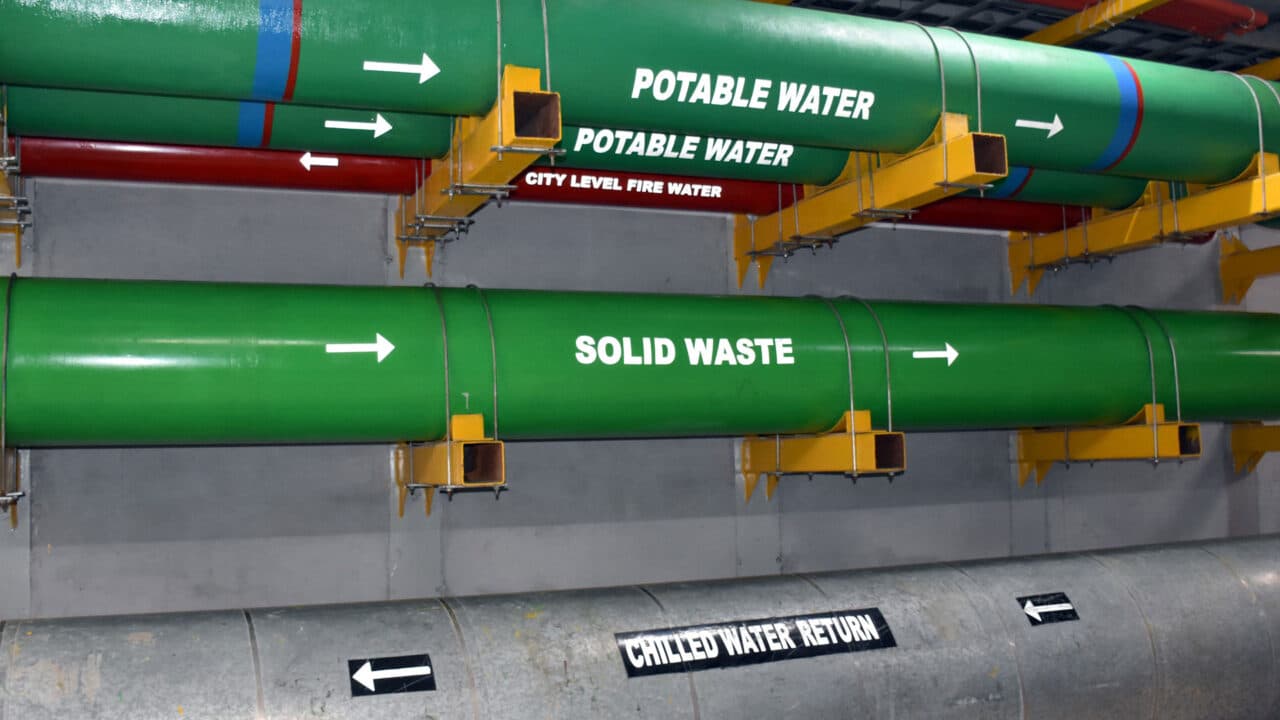
The bags are transported to the collection station at 70 kph.
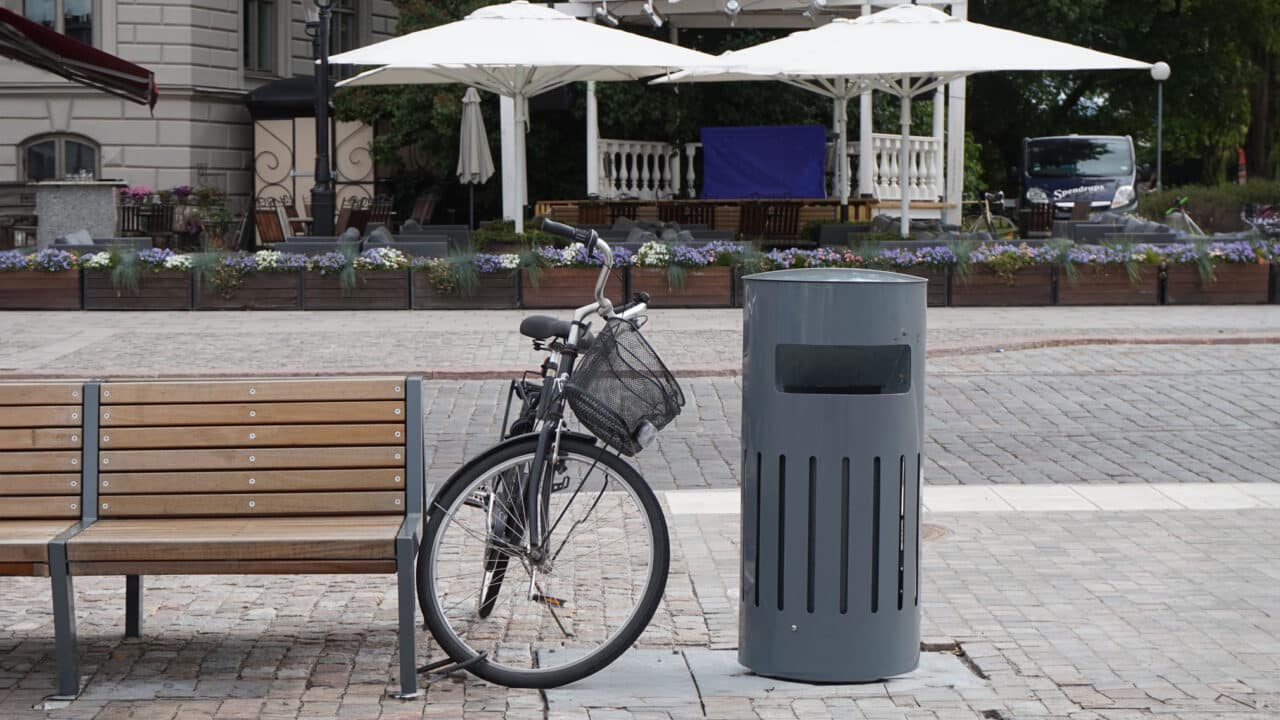
Self-emptying litterbins can be connected to the system.
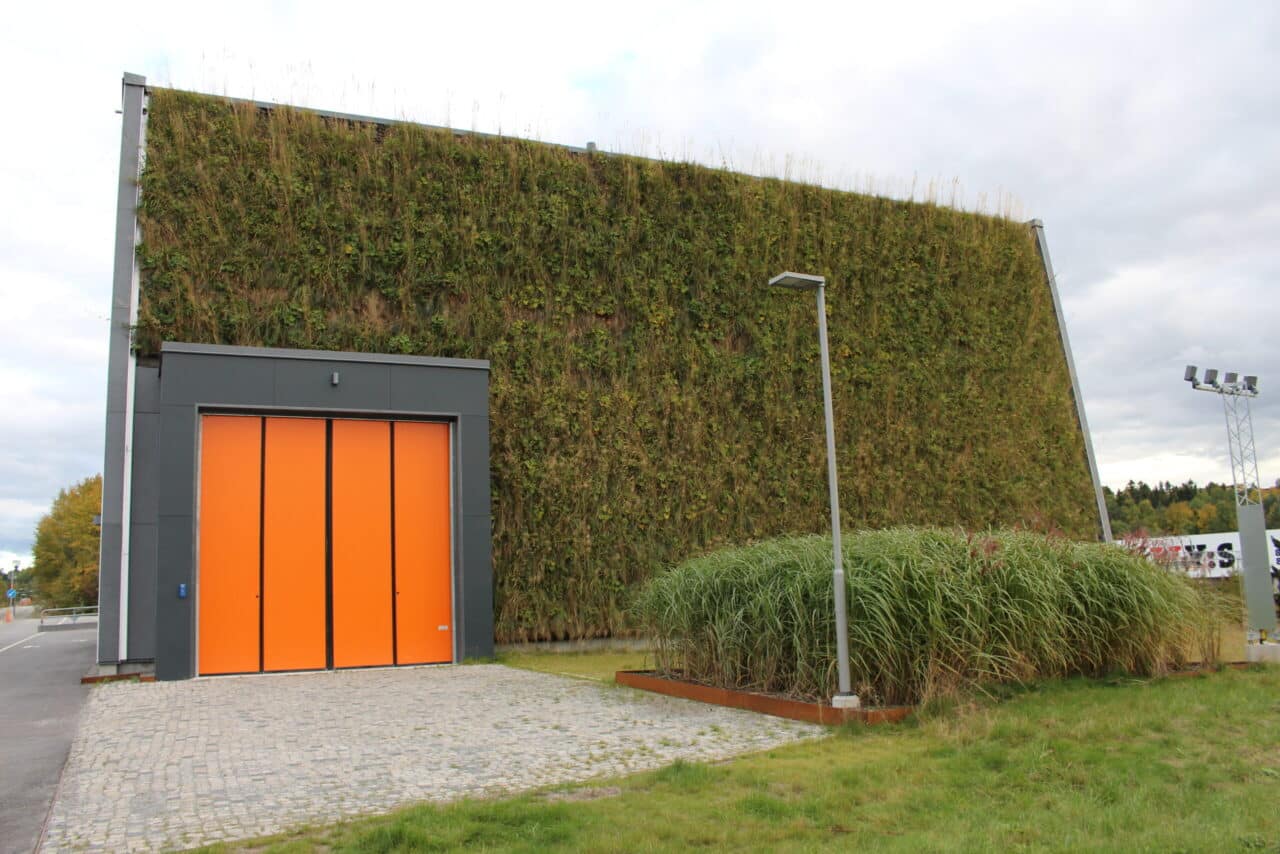
The waste collection station is located as far away as possible from the apartments, ideally close to a main road.
With Envac there is no longer need for trucks to drive up to each building to collect household waste, it is collected at the terminal building only.
The area becomes less noisy, the street environment safer and the air cleaner.
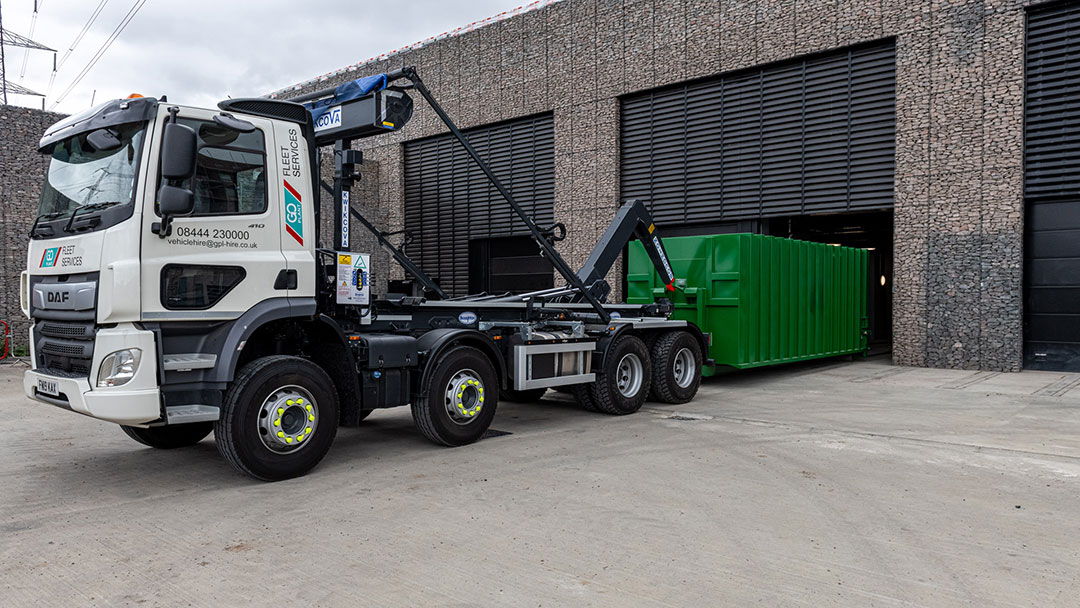
When a container is full, it is detached from the compactor and loaded onto a truck for transport to the recycling center, where it is emptied and returned.
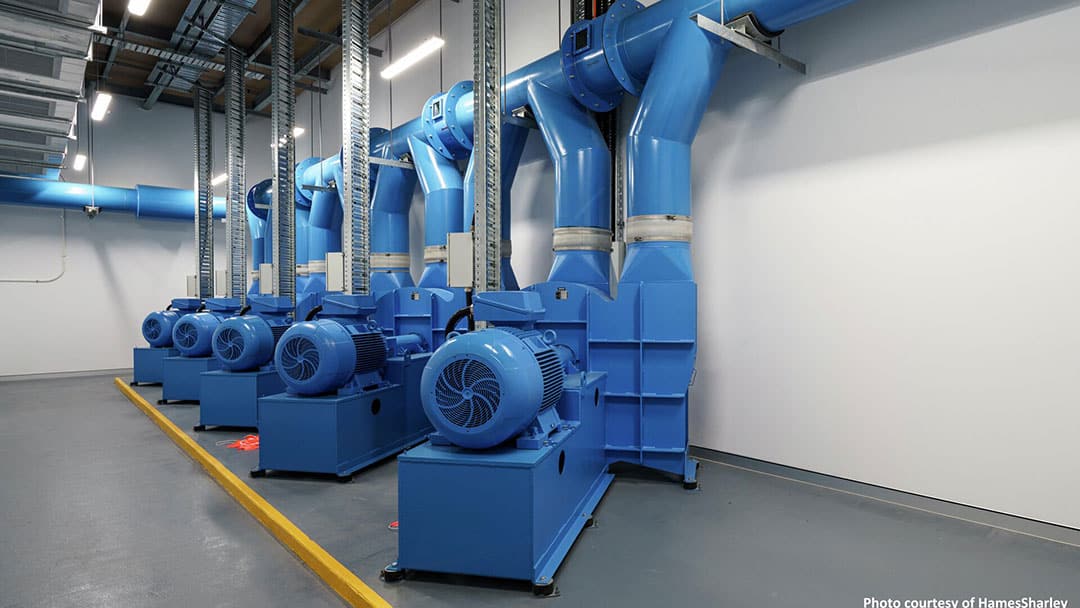
Powerful fans generate the necessary airflow in the pipes to transport the waste to the terminal.
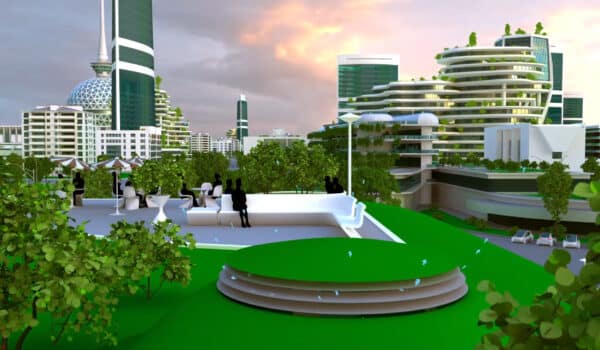
The transport air is filtered before release, making it cleaner than when it first entered the system.
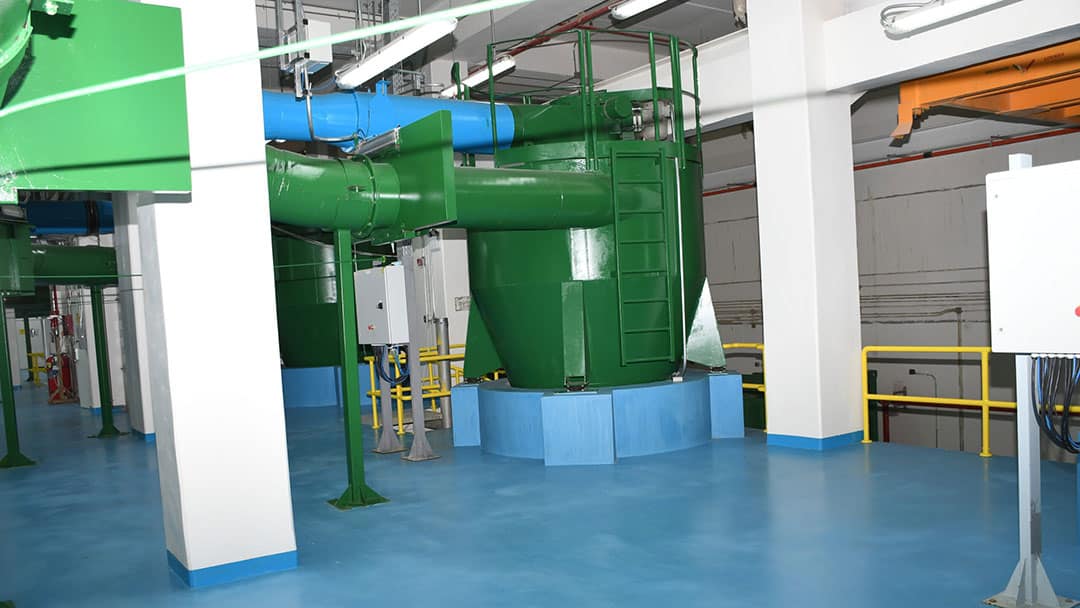
In the cyclone, the transport air is separated from the bags, allowing the bags to slide toward the compactor under the combined effect of the cyclone’s and gravity.
When the waste reaches the compactor from the cyclone, a vertical tray pushes it into the container to make the most of its capacity.
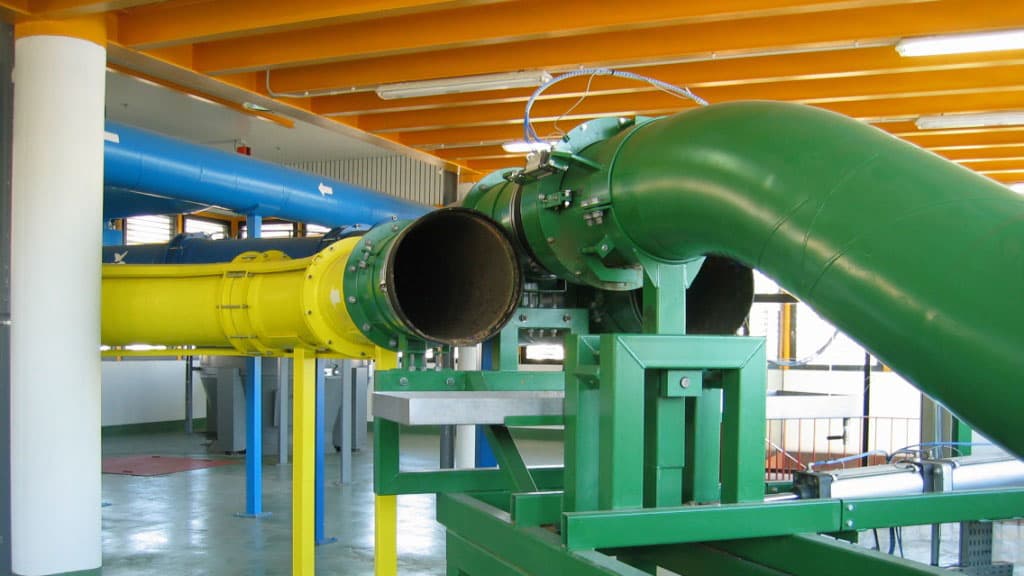
Once the waste reaches the terminal, it is directed to its corresponding cyclone through the diversifying valve. So, each type of waste will reach the container for its fraction.
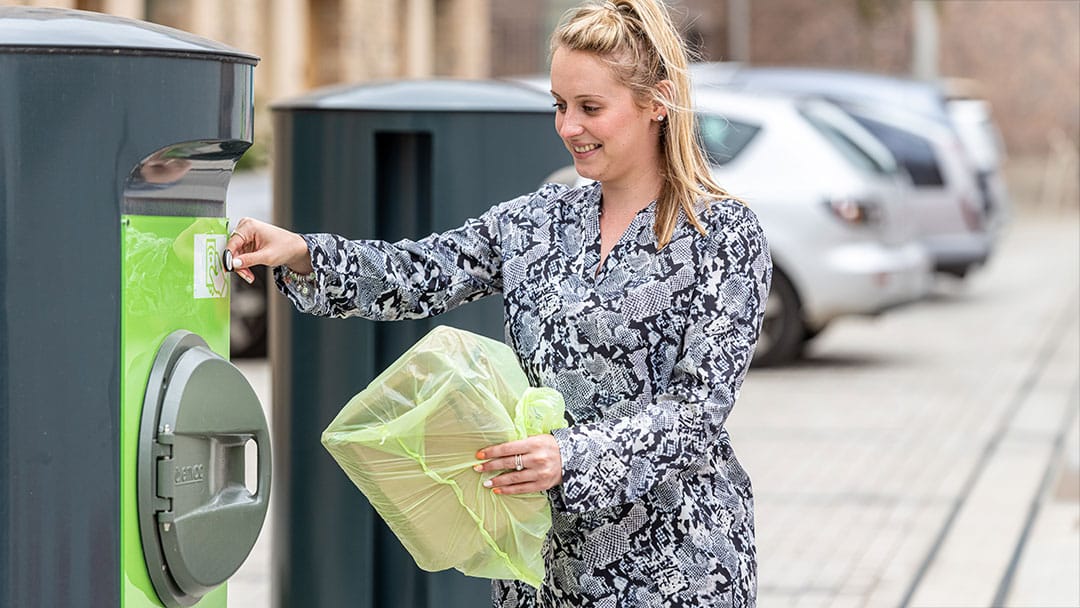
The resilient system is part of the smart city’s infrastructure and available 24/7/365.
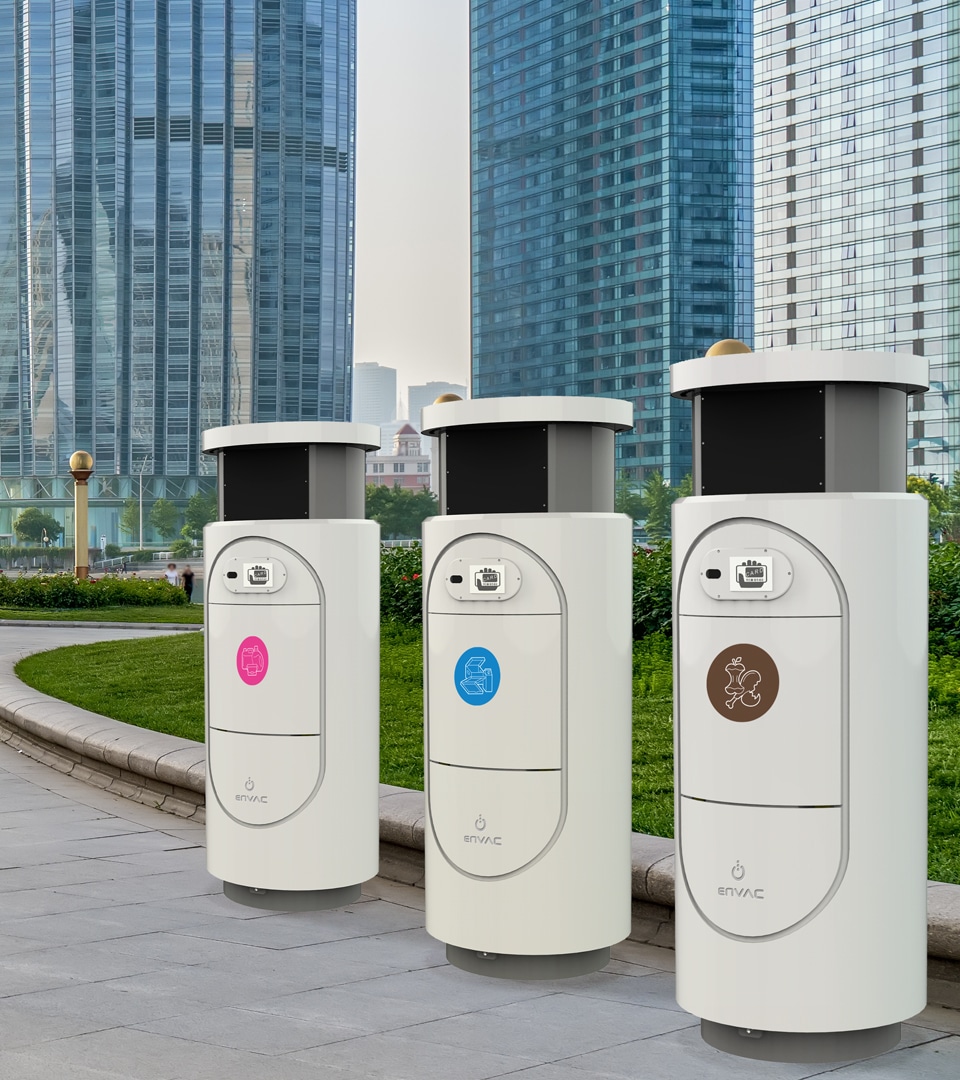
The only user interaction with our system is at the waste inlet, where users leave their waste.
The waste inlets are conveniently installed within 30 metres from residential or office buildings, with separate inlets available for each different kind of waste.
The users sort their waste at home and dispose of them, in bags, in the respective units on their way out to work, see friends or the gym.
By making waste sorting as easy as possible, we are able to encourage recycling and support a circular economy.
Unlike traditional waste rooms or bins, our inlets are hermetically sealed, which minimises smells, reduces mess and cuts the risk of attracting vermin.
All Envac waste inlets connect to an underground pipe network. The emptying cycle is carried out at pre-programed times or, through sensor technology, when the units are full.
The waste is transported through the pipe network at speeds of up to 70 kph using negative airflow, which sucks the bags to a waste collection station that is generally located on the periphery of a development – up to 2km away.
Emptying the waste of an entire development takes only minutes per waste stream. Unlike traditional waste collection, which is situated aboveground and exposed to the elements and extreme weather, waste collected using Envac is weatherproof, as it is stored and handled underground.
As the collection station is situated away from busy urban areas, it reduces the amount of traffic associated with multiple trucks, making multiple daily collections in and around narrow streets a thing of the past. In turn, this reduces traffic jams and cuts noise and air pollution.
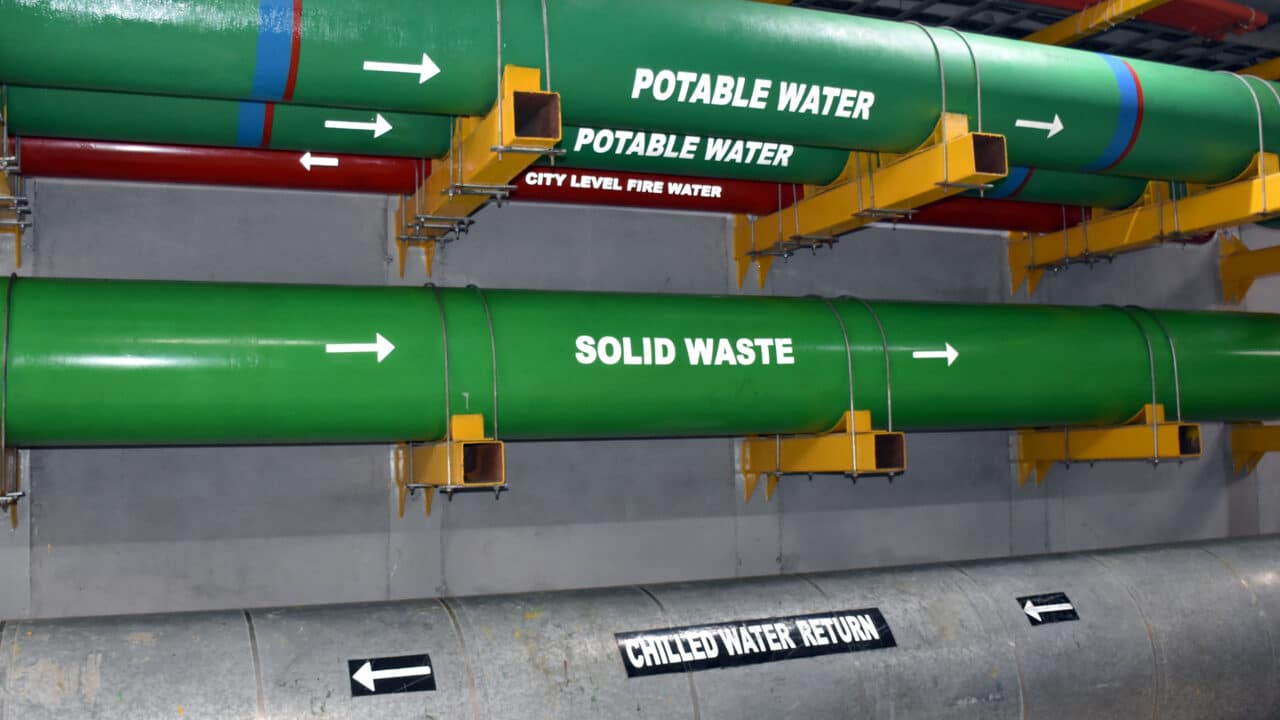
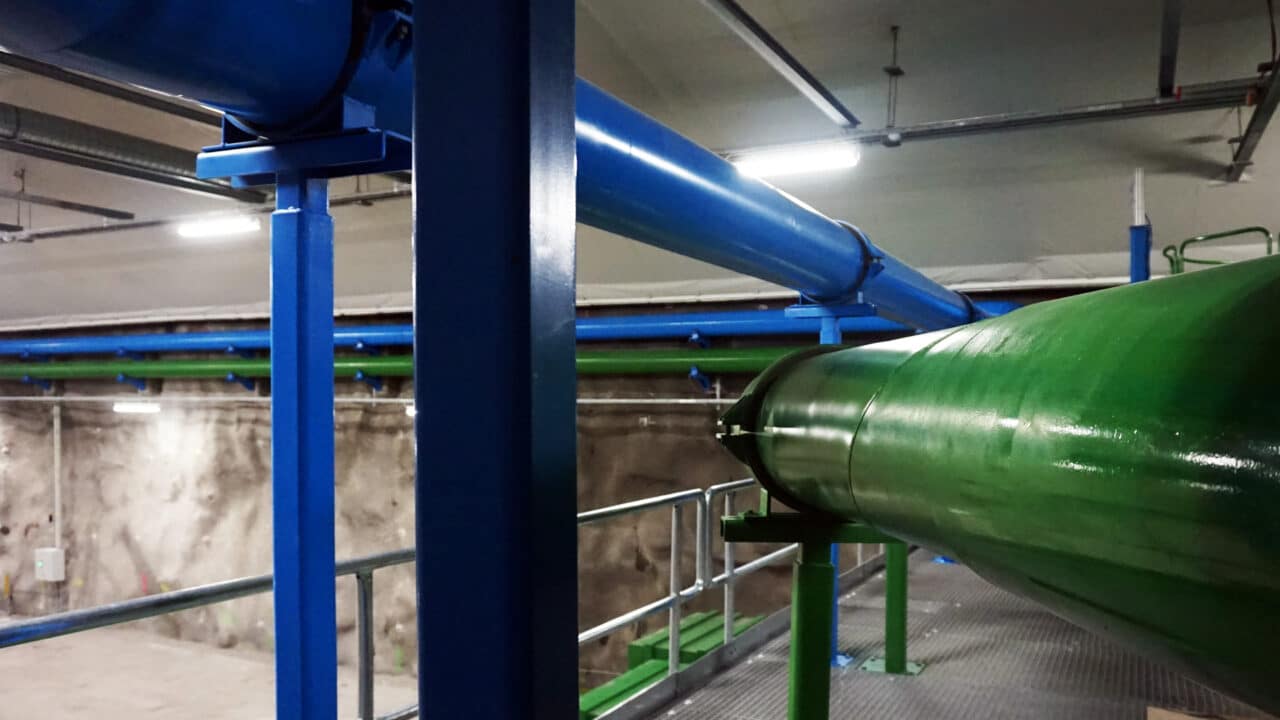
All the waste streams are transported in one single pipe network. Each waste stream is emptied separately and directed into the corresponding waste container at the collection station. The air used for transportation is cleaned through an industrial filter before it is released from the building.
Once a container is full, a standard collection vehicle takes the container away for the waste to be processed. This single collection – as opposed to the multiple daily collections required by traditional methods – reduces waste-related heavy traffic and the associated carbon emissions by up to 90 per cent.
It also means that the Envac automated waste collection system can be used to help reach the United Nation’s Sustainable Development Goals and create a greener planet.
